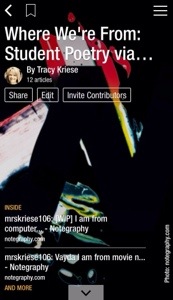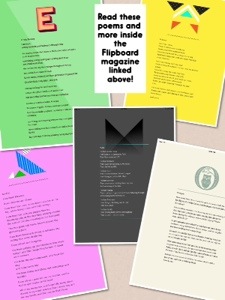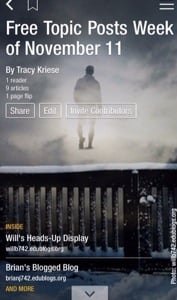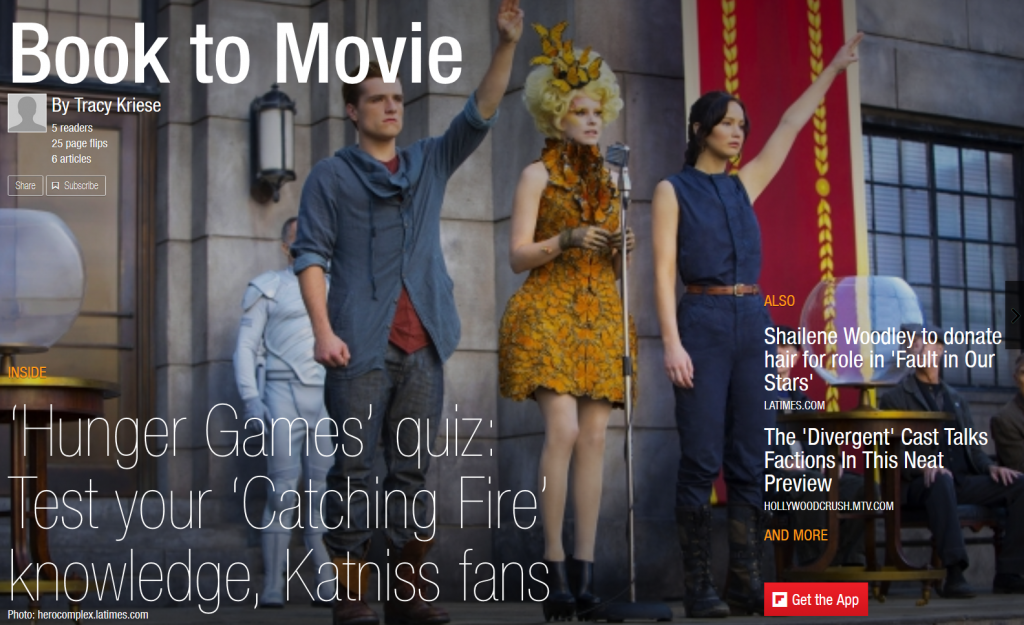Show, don’t tell.
Use vivid verbs.
Paragraph for effect.
Create images that the reader can see, hear, and feel.
Open your writer’s toolbox: dialog, metaphor, simile, personification, ellipsis, dash, colon, sentence variety, repetition, inner thoughts, leads…
And more.
All good advice, but none of it as effective as it could be without models–mentor texts–to serve as guides for imitation and inspiration.
So in recent weeks, we’ve been reading Michael Crichton, James Herriott, J. K. Rowling, and more published authors to enjoy their work and the way their words made us feel, and to ask how they did it. What choices did those writers make that were particularly effective, and could we do apply the same “brushstrokes” (thank you, Harry Noden) to our writing to achieve the effect we wanted? Students were also encouraged to pay attention to the crafting in the books, articles, and posts they read outside of school and to ask the same questions: What do I like about this? How did the author do it?
I’m excited to see our attention to author’s craft showing up in student blog posts. Read the following Flipboard magazines spotlighting our student writers…what craft lessons can you recognize in their work?
Word Play: Fiction–Setting, Mood, and Character
Word Play: Expository and Personal Narrative




